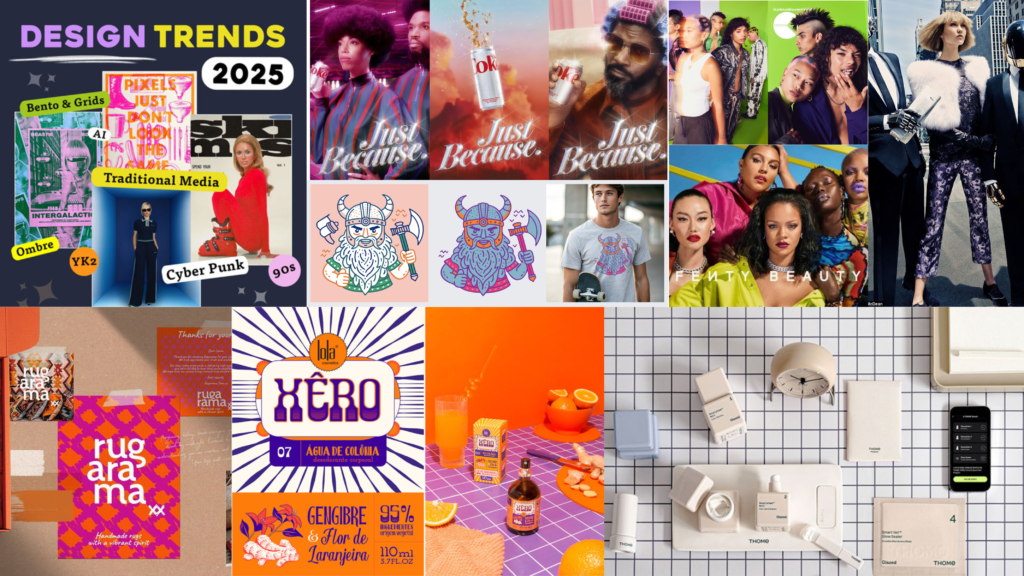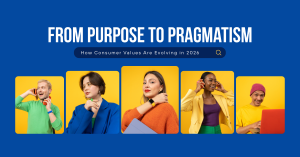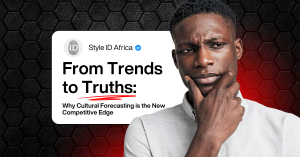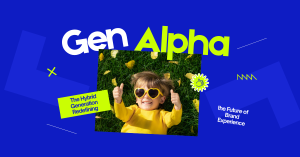The graphic design landscape is constantly evolving, and 2025 is expected to introduce further innovation and creativity. For designers and visual art enthusiasts alike, remaining current emerging trends is not solely about aesthetics — it is about maintaining relevance, expanding creative boundaries, and enhancing brand storytelling.
In digital marketing, design thought leadership plays a vital role in shaping how brands interact with audiences. As digital spaces become increasingly saturated, progressive designers must craft compelling, authentic, and trend-conscious visuals that improve engagement and credibility. This involves comprehending not only design principles but also audience psychology, platform-specific content strategies, and the impact of visual storytelling. By leading with creativity and insight, designers can influence industry standards, establish new benchmarks, and generate meaningful brand experiences that resonate with both influencers and their followers.
Here’s an overview of the top 5 Design trends to watch in 2025
Generative Design – no more staring blank pages
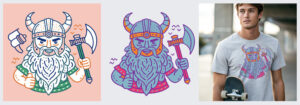
Recraft workflow: vector illustration generated > edited and recoloured > mockup of skateboarded generated and illustration applied on t-shirt (the entire process was achieved within Recraft inside the browser)
AI-powered tools are transforming influencer marketing by enabling the creation of captivating visuals. In 2025, digital storytelling will combine AI-generated illustrations, patterns, and layouts with human creativity, allowing brands and influencers to deliver personalized content at scale. This hybrid approach fosters increased engagement and authenticity, while enabling designers to explore new creative territories and develop dynamic aesthetics that resonate with audiences in novel ways.
Creative Tip: It’s important to add a personal touch to maintain the uniqueness of the final product. The AI vs Artists Documentary provides further insights into AI’s influence on the creative industry.
Maximalism – continues to thrive
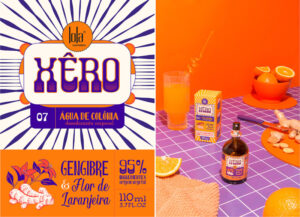

Designed By Luísa Zardo
Bold, attention-grabbing visuals are key to standing out in a crowded digital space. Expect to see a surge in vibrant colours, layered patterns, and maximalist aesthetics—where retro-inspired graphics blend seamlessly with contemporary elements to create designs full of personality and impact. This trend is all about breaking conventional rules to capture audience interest instantly.
Best Applications: High-impact social media campaigns, influencer collaborations, and promotional materials like posters and digital ads—anywhere a brand needs to spark engagement and leave a lasting impression.
Minimalism – still has its place
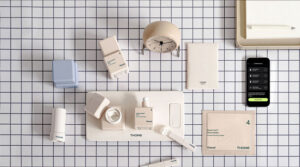
Source File
Visual storytelling is about striking the right balance between impact and clarity. While maximalist designs thrive on bold colours, expressive typography, and energetic layouts to captivate audiences, minimalism offers a refined alternative—prioritizing simplicity, sophistication, and intentionality.
Brands embracing minimalism in 2025 will leverage clean typography, soft ombre gradients, earthy tones, and structured grid layouts to create a sense of elegance and authenticity. This approach works particularly well for influencers and brands aiming to foster trust, emphasize storytelling, and deliver a polished, timeless aesthetic across digital platforms.
Inclusive and Accessible Design – not an option anymore
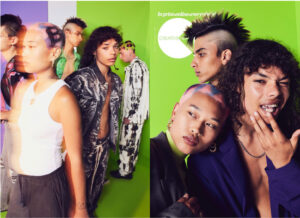

Babyliss Cover for CREATIVE HEAD MAG, & Jessie Li, Rihanna, Paloma Elsesser, Ajak Deng and Slick Woods front Fenty Beauty Pro Filt’r Hydrating Foundation campaign
In the evolving landscape of influencer marketing, diversity and accessibility are fundamental to creating meaningful and inclusive brand experiences. As we move into 2025 and beyond, designers are prioritizing visual representation that reflects diverse cultures, abilities, and perspectives, ensuring that content resonates with global audiences.
Beyond aesthetics, accessibility is a strategic imperative, with designers crafting visuals that are not only engaging but also easy to read and navigate for all—including individuals with disabilities. By integrating thoughtful design elements such as high-contrast colour schemes, clear typography, and user-friendly layouts, brands and influencers can foster deeper connections, enhance engagement, and lead with authenticity in the digital space.
Retro-Futurism – the past meets the future

Diet Coke’s Campaign By Droga5 – Inspiration From the 80s and 90s
Retro-futurism is redefining visual storytelling by merging nostalgia with innovation. This design trend blends the ’80s and ’90s aesthetics—think collage, grunge textures, and cut-outs—with sleek, modern elements, creating a unique fusion of vintage charm and tech-forward appeal.
Why It Works: This style resonates across generations, evoking familiarity while still feeling fresh and cutting-edge. It’s an ideal choice for branding, social media content, and digital campaigns that aim to capture both emotional connection and futuristic creativity, making it a powerful tool for audience engagement.
Final Thoughts
Design in 2025 is about seamlessly merging nostalgia, technology, and creativity to craft compelling, future-forward visuals. Whether leveraging AI-powered tools or embracing hand-drawn artistry, there’s endless potential to create content that resonates across audiences and platforms.
However, true thought leadership comes from curating trends rather than following them blindly. The key is to infuse them with your unique creative voice—experiment, innovate, and most importantly, work on projects that inspire and bring you joy. Authenticity and passion will always be the driving force behind impactful, standout designs.

